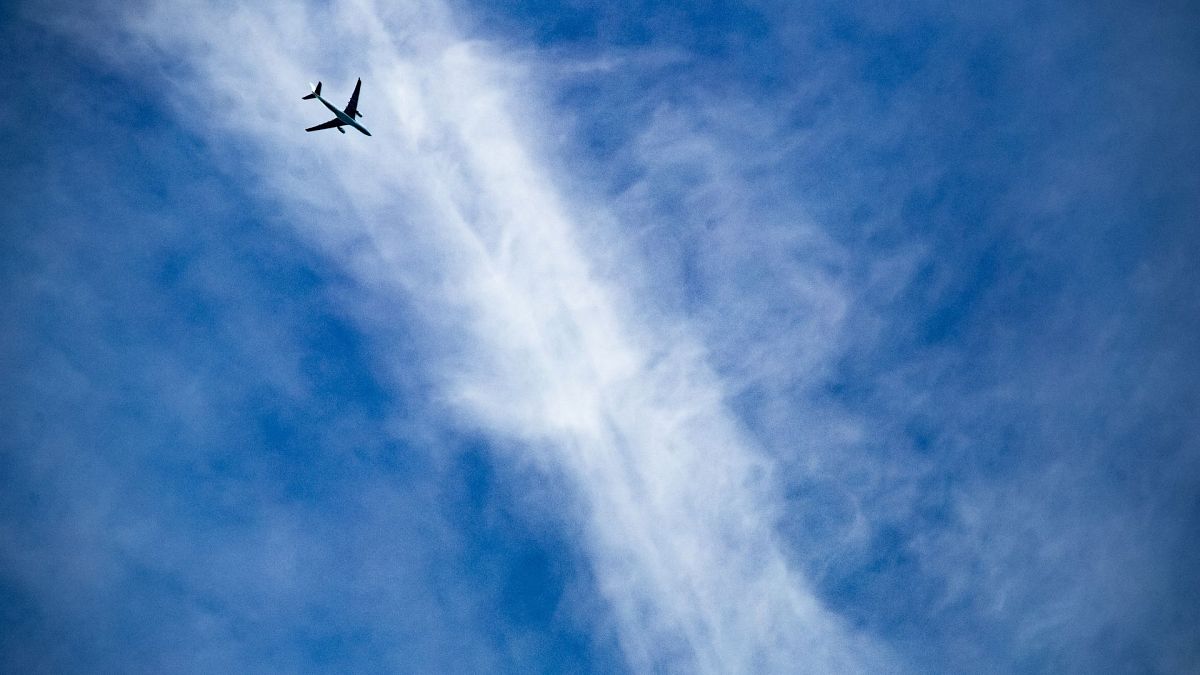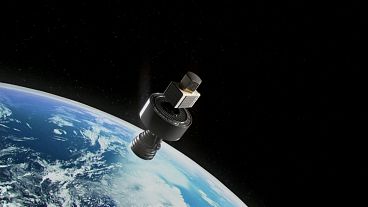Flights are getting bumpier as the climate changes, scientists have revealed.
Flyers have been experiencing a bumpier ride as the climate has changed and it is only set to continue or worsen in the coming years, new analysis has revealed.
Compared to four decades ago, turbulence during flights has increased in intensity, frequency and duration in various regions around the world - including over the skies of Europe.
The research from scientists at the University of Reading in the UK shows an increase in clear-air turbulence, which is invisible, unpredictable, and potentially dangerous to aircraft.
Publishing their findings in the journal Geophysical Research Letters, the researchers said the increases are consistent with the effects of climate change.
“Following a decade of research showing that climate change will increase clear-air turbulence in the future, we now have evidence suggesting that the increase has already begun,” said Professor Paul Williams, an atmospheric scientist at the University of Reading who co-authored the study.
“We should be investing in improved turbulence forecasting and detection systems, to prevent the rougher air from translating into bumpier flights in the coming decades,” he added.
55 per cent increase in turbulence
The study shows how one of the world’s busiest flight routes over the North Atlantic ocean has seen a 55 per cent increase in annual duration of severe turbulence.
In 1979, the duration recorded was 17.7 hours, while in 2020 it was 27.4 hours. Moderate turbulence meanwhile increased by 37 per cent, from 70 hours to 96.1 hours. Light turbulence increased 17 per cent.
The reason for the increase is due to warmer air from CO2 emissions, which increase windshear - a sudden change in wind speed or direction - in the jet streams.
Clear-air turbulence are erratic air currents in cloudless air, and are most severe over mountainous areas and also close to thunderstorms.
It hasn’t been known to cause aircraft crashes, but it has caused damage to aircraft and injuries to passengers.
"Turbulence makes flights bumpy and can occasionally be dangerous. Airlines will need to start thinking about how they will manage the increased turbulence, as it costs the industry $150-500 million (€140-465 million) annually in the USA alone,” PhD researcher Mark Prosser said.
“Every additional minute spent travelling through turbulence increases wear-and-tear on the aircraft, as well as the risk of injuries to passengers and flight attendants”.
Although the US and the North Atlantic have been found to have experienced the largest increases in turbulence, the study found that busy flight routes over Europe, the Middle East, and the South Atlantic also saw significant increases.



